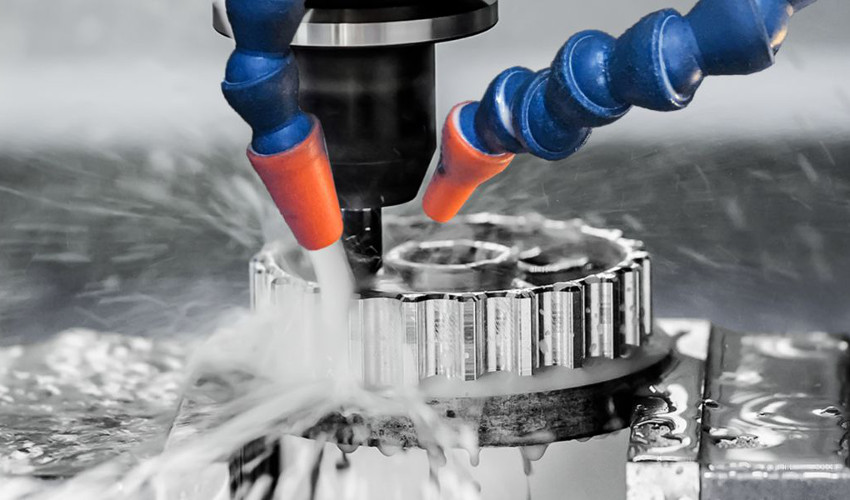If you’re wondering how to create custom prototypes, you’re in luck. There are many options available, from SLA plastic injection molding to CNC machining, and they all work to create prototypes of your products. We’ll cover each of these in more detail, so you can choose the right option for your company. Read on for some tips and tricks to make your custom prototypes a success. And remember, the sooner you begin, the more accurate your designs will be.
Vacuum casting
If you need a fast, quality way to develop custom prototypes, vacuum casting is a great choice. The vacuum-casting process removes air pockets, which improves the product’s mechanical properties. This process also allows you to use cheaper materials like silicone to mold the final product, which can be reused for many different products. The finished product will closely resemble the master pattern. And since the mold material is so inexpensive, you can create many different prototypes in a single mold.
The first step to creating a vacuum-cast prototype is to design a master model. This master model can be a model of the actual object that you wish to replicate. This model can be anything from a simple pencil to a complex assembly structure. Vacuum casting is a cost-effective way to create custom prototypes, and the process is easy to perform. A custom vacuum-cast sample will be a great investment for any business.
SLA plastic injection molding
The stereolithography process is a very effective way to create custom prototypes. The advantage of this method is that it gives you a physical example of the design for injection molding. A physical model is very helpful during the mold-making process. For example, an engineering department often has a plastic prototype on its desk. The mold maker does not, so it is a huge help to have a physical model to refer to.
SLA plastic injection molding uses selective laser sintering (SLS) to create three-dimensional parts. This process can produce hundreds of parts in a single build. SLS is a type of additive manufacturing, which uses a UV laser or other similar power source to cure a photo-reactive resin. The parts produced can then be molded into finished marketing prototypes. In the process, the molder can reduce the cost of the prototypes while maintaining a short lead time.
CNC machining
CNC machining for custom prototypes has several advantages. These machines produce custom parts at a competitive price. In addition, they allow you to create multiple prototypes at once. In addition, the entire process is digital, so CAD files are easy to edit and modify. You can even create your prototypes in the final material. CNC machining has several advantages over 3D printing, including cost-effectiveness, speed, and accuracy.
Whether you need a custom-made part for your product, or you want to produce hundreds or thousands of prototypes, CNC machining can help. Because it is automated, it is possible to create custom prototypes in just hours versus days or weeks with conventional manufacturing. This short lead time allows you to test your designs and make design changes without losing valuable time. In today’s competitive market, this is essential to staying ahead of your competitors.
Rotational molding
Rotational molding is an excellent option for creating custom prototypes or production-level plastic parts. This process produces parts with uniform wall thickness and virtually no thinning on the extremities. In addition to being a faster, more economical option than conventional molding, this process can produce complex hollow or multi-walled products with a variety of complex shapes and sizes. Read on to learn more about this versatile process. This article discusses some of the advantages of using rotational molding for custom prototypes.
3D printing
With the rapid advancement of 3D printing technology, it’s easier than ever to design and create prototypes of new products. With a simple 3D printer and a wide variety of materials, you can create prototypes for a wide range of industries, from medical devices to toys. The possibilities are endless. With 3D printing, you can design any part of your product, including functional parts. And because 3D printing can create parts from a variety of materials, it is possible to produce many different design iterations in rapid time.
Unlike traditional manufacturing methods, 3D printing allows you to make small design changes without disrupting your production process. Typically, machining and injection molding processes require costly tooling and significant setup, so even a single technician can create a custom prototype quickly and cheaply. 3D printing eliminates all of those problems, making it easier to make changes to your design, and allowing you to get your prototype to market faster.

